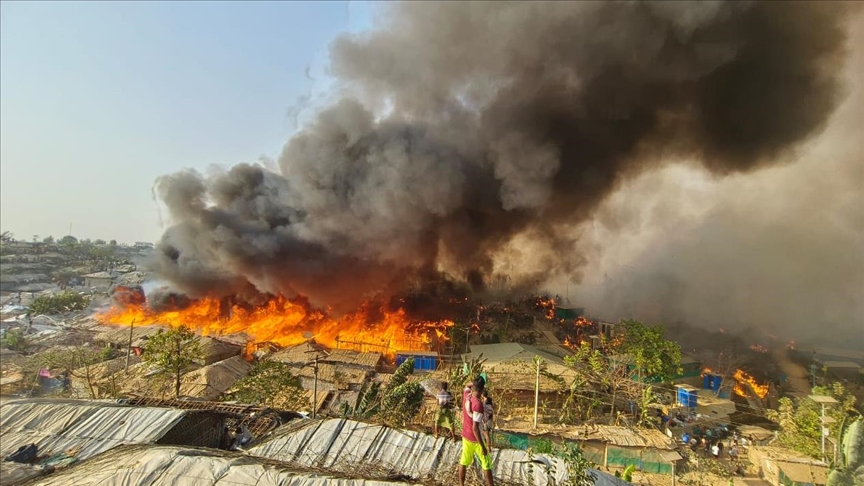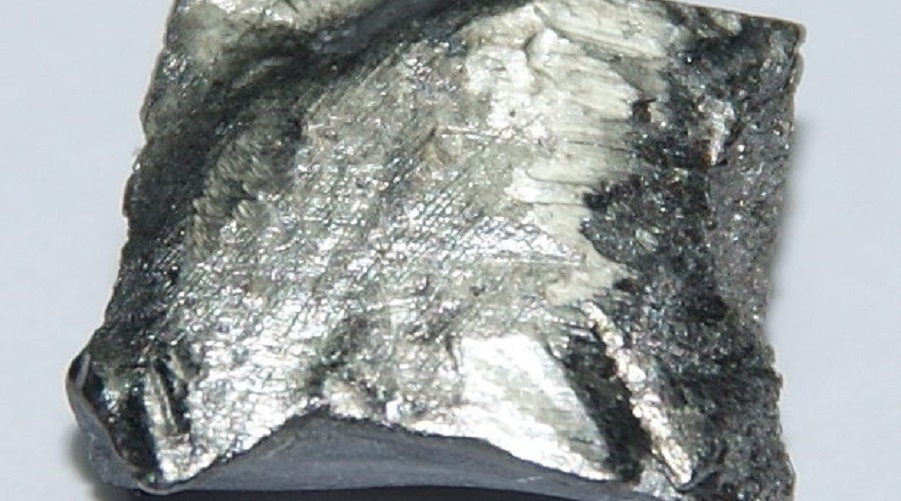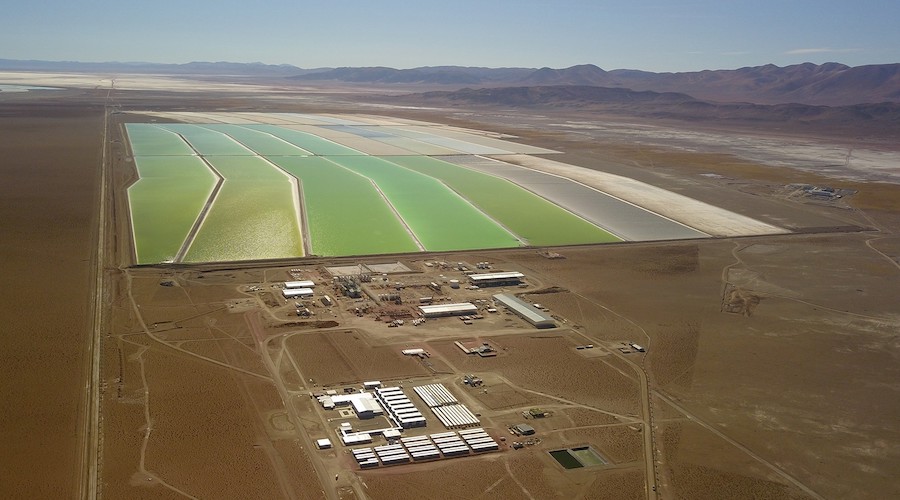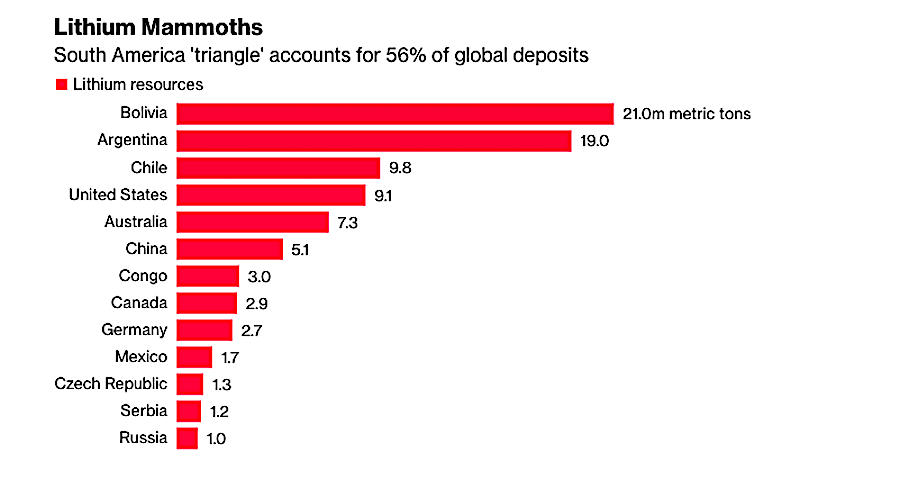SEOUL - Two elderly South Korean victims of wartime forced labour took to the streets in wheelchairs on Tuesday (March 7), saying they rejected a compensation deal announced this week, potentially complicating Seoul's efforts to end a diplomatic spat with Japan.
Under President Yoon Suk-yeol's plan, South Korea would compensate former forced labourers through an existing public foundation funded by South Korean private-sector companies, rather than seeking payments from Japan. The two victims, whose consent is required for the deal to proceed, rebuffed the proposal saying Tokyo should pay compensation and apologise.
Their opposition could mean that a proposal hailed as "groundbreaking" by US President Joe Biden may not be a done deal, prolonging a dispute that has undercut US-led efforts to present a unified front against China and North Korea.
The two women, Yang Geum-deok and Kim Sung-joo, both now aged 95, worked at a Mitsubishi Heavy aircraft factory in Nagoya, Japan when they were teens during World War II.
Living outside Seoul, the ailing women travelled to a demonstration at the parliament, joining hundreds of supporters including opposition lawmakers, who waved red cards and banners, calling Yoon's diplomacy "humiliating" and demanding the deal be withdrawn.
"We can forgive, if Japan tells us one word, we are sorry and we did wrong. But there's no such word," Kim said, with hands shaking by the effects of a stroke.
"The more I think about that, the more I cry," she said, escorted by her son.
On Tuesday, Yoon said the proposal was a result of meeting both countries' common interest.
Relations plunged to their lowest point in decades after South Korea's Supreme Court in 2018 ordered Japanese firms to pay reparations to former forced labourers. Fifteen South Koreans have won such cases, but none has been compensated.
Japan has said the matter was settled under a 1965 treaty and Japanese Foreign Minister Yoshimasa Hayashi said on Monday his government's stance had not changed.
The two victims were part of so-called "Labour Corps" where young Korean girls were drafted to work in Japanese munitions factories during the war.
Kim had her finger chopped while cutting metal plates for fighter jets. During the day, Yang wiped rusted machine parts with thinner and alcohol but had no gloves, so her hands were bleeding at night.
After Japan lost the war in 1945, they returned home but didn't get paid for their 17-month-long labour stint.
Overall there are about 1,815 living victims of forced labour in South Korea, according to government data.
The compensation for each woman was estimated at around 210 million won (S$216,000), according to the Victims of Japanese Wartime Forced Labour support group.
Like Yang and Kim, some of the 15 plaintiffs say they will reject the government's plan, setting the stage for more legal battles.
"It is so unfair. I don't know where Yoon Suk-yeol is from. Is he truly a South Korean? I won't take that money even if I starve to death," said Yang, chanting "Yoon Suk-yeol out".
Source: Reuters























